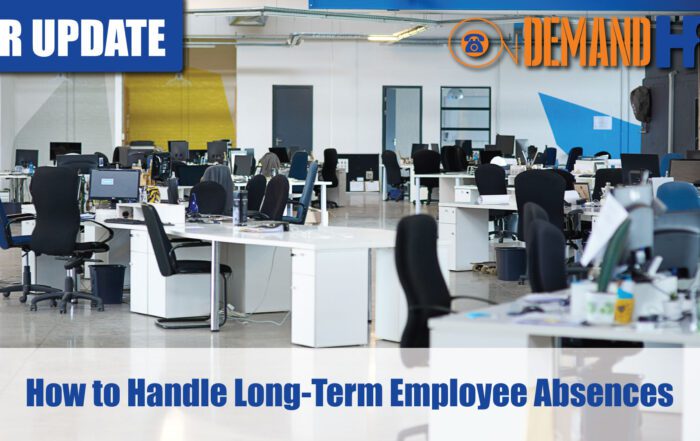Termination Of Employment – Genuine Redundancy
Restructuring processes can be challenging and stressful for all parties at the best of times. One of the key components of an effective and compliant redundancy process is having a valid reason for carrying out the redundancy. Today, we will take a look at a recent decision by the Fair Work Commission in the 2021 case of Lo vs Mett which tackles this issue as well as consultation and unpack the implications for business.
Please see below for a full transcript of this video
Share the HR or workplace relations challenge facing your business and one of our experienced consultants will be in touch within 24 hours with a strategic action plan or discover the best strategy yourself by accessing out free online training library.
Transcript
Restructuring processes can be challenging and stressful for all parties at the best of times. One of the key components of an effective and compliant redundancy process is having a valid reason for carrying out the redundancy. Today, we will take a look at a recent decision by the Fair Work Commission in the 2021 case of Lo vs Mett which tackles this issue as well as consultation and unpack the implications for business.
The Respondent advised 4 employees they would be made redundancy in March 2021 (including the Applicant).
The Applicant suggested that her dismissal was not a case of genuine redundancy, and formed the argument that her dismissal was actually due to other matters, including sexual harassment and bullying. She also added that her redundancy was not a genuine redundancy because the company had not reduced their headcount, and had advertised for a position that picked up some of her workload shortly after her dismissal.
However, the Respondent argued that the new position picked up some additional digital printing duties which the Applicant would have been unable to perform due to a lack of skill set. The Respondent also argued there was no obligation to consult given the Applicant was not an award-covered employee.
From this case we learn:
- It is not good enough to treat disciplinary issues as a redundancy simply to avoid the uncomfortable conversation regarding the employee’s flaws. The redundancy is unlikely to be determined to be genuine in nature.
- Even where it is determined by the employer that the employee does not have the skill set for an alternate position, it remains best practice to offer the role to avoid potential claims.
- It is important to consult, even if the business does not believe the employee is covered by an Award, this assessment may not be correct.
- A redundancy can be genuine even where there is not a reduction in overall headcount, provided any replacement role is significantly different in its duties (even if some of the duties are the same).
- Where there is a failure to consult, it is unlikely that significant compensation will be awarded where the consultation period was unlikely to render a different operational outcome.
As you can see, there are a lot of operational as well as compliance considerations when conducting a restructuring process for your business which in some ways is very easy for a business to get wrong. So if your business is currently undertaking or considering undertaking a restructure process and would like some advice, please do not hesitate to reach out us by visiting ondemandhr.com.au






